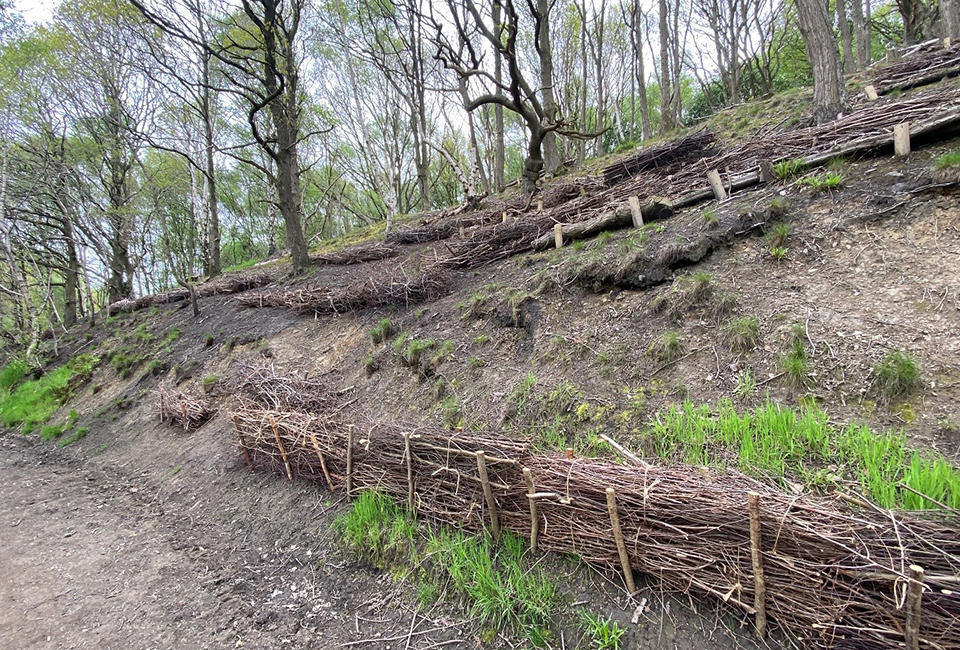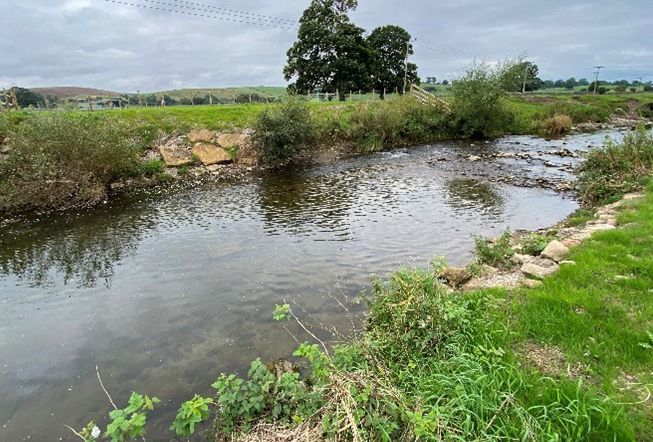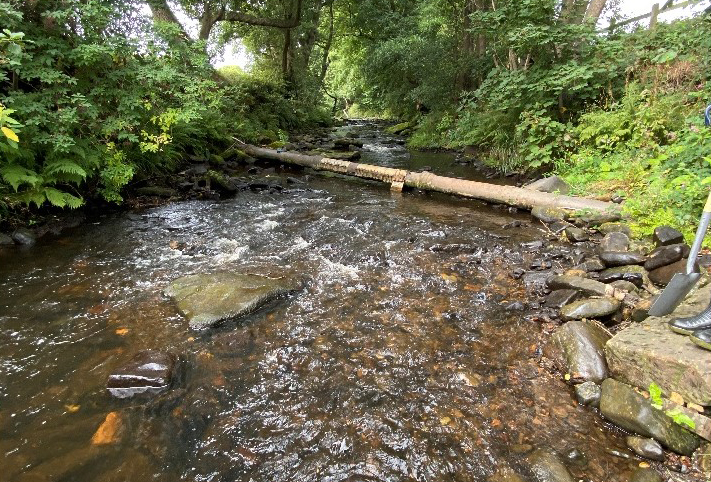Latest
-
HU7 - No water/low pressure
Customers in HU7 may have no water or low water pressure due to an issue on our network. Thank you for bearing with us whilst we carry out urgent repairs to restore supplies as soon as possible.
What is WINEP?
The Water Industry National Environment Programme (WINEP) aims to benefit the environment and sets out a number of requirements for water companies to address. It’s produced by the Environment Agency and is refreshed every five years.
Each water company has their own WINEP and actions to look at.
Here’s what we’re focusing on…
We’re investing £500m in phosphorus removal at 80 of our wastewater treatment sites
One of our environmental performance commitments is to improve river water quality. We measure this by the length of river we’ve improved each year, from 2020 to 2025.
Reducing phosphorus levels plays a big part in how we achieve this. In fact, we want to reduce phosphorus levels from our wastewater treatment works by 56%.
But before we dive into why we’re doing this, let’s explain what phosphorus is and the role it plays in affecting the health of Yorkshire’s rivers.
Phosphorus is a normal part of domestic sewage, entering the sewer system via domestic showers and washing machines due to products such as shampoo and liquid detergent containing phosphorus. It can also wash off from agricultural fields after the use of fertilisers and be dissolved from soil which can be difficult to control.
While a small amount of phosphorus is harmless and is an essential part of many ecosystems it can become damaging to human and animal life when unmanaged.
The normal sewage treatment process doesn’t remove much phosphorus, so the majority of it passes through the works and out in the treated effluent.
By upgrading our wastewater treatment processes we'll be removing more phosphorus and releasing less into the environment.
Want to know more about our wastewater treatment process?
How’s it going so far?
Treatment works
We’ve currently upgraded four wastewater treatment works:
Oxenhope
We have invested £5.3m at Oxenhope to minimise the amount of phosphorus that leaves the treatment works to below 0.3 mg/l to improve river water quality. The total river length improved was 9.96km. The main scope of the works was a new ferric dosing system and tertiary treatment, and we achieved this by March 2022.
Stillington
We’ve invested £1.4m at our Stillington site to reduce the phosphorus leaving the treatment works to below 1.5 mg/l to improve river water quality. The total river length improved was 6.76km. The main scope of the works was a new ferric dosing system, and we achieved this by December 2021.
Sutton on the Forest
As a result of a £2.8m investment at our Sutton on the Forest site, we’ve reduced phosphorus leaving the treatment works to below 0.7 mg/l. The total river length improved was 10.43km. The main scope of the works was a new ferric and caustic dosing system and tertiary treatment, and we achieved this by December 2021.
Sheriff Hutton
Our Sheriff Hutton wastewater treatment works saw a £2m investment which reduced the phosphorus leaving the site to below 1 mg/l to improve river water quality. The total river length improved was 18.43km. The main scope of the works was a new ferric dosing system and flow control, and we achieved this by December 2021.
Other projects
Away from our wastewater sites, we’ve carried out three land management projects which has seen 8.1km of river improved in March 2023.

Great sedimental value in Farnley
We’ve seen the length of river improved by 2.8km since we installed silt traps in the woodland upstream of our pond at Farnley, near Leeds. These traps are really useful because they capture sediment runoff which reduces the need for maintenance at the pond, which needs to be emptied of sediment on a regular basis.

Weir today, gone tomorrow!
On the River Aire near Gargrave, a weir covering a pipe crossing posed a barrier to fish migration. We removed the weir and buried the pipe beneath the riverbed, opening up 4.5km of river for the fish to travel freely.

The fish shall now pass
One of our wastewater pipes posed a barrier to fish migration on the upper River Don. We removed boulders under the pipe to lower the riverbed, opening up 0.78km of river for the fish to travel freely.
Catchment management schemes
We’re investing just under £8m to improve raw water quality entering our water treatment works through our catchment management schemes.
Since 1990, raw water quality has deteriorated significantly in Yorkshire’s upland catchments and this has led to a number of our water treatment work sites treating raw water that is beyond the treatable design envelope.
We want to change this, which is why we’ve secured Yorkshire Peat Partnership and Moors for the Future as our contractors who will manage these batch of schemes, consisting of 16 projects.
One example of what the schemes will look at is the management of upland catchments feeding a number of water treatment works, in order to reduce impact of land use on raw water quality. Wildfires, for example, have a huge impact on this as it leads to increases in areas of bare peat. This results in high levels of Dissolved Organic Carbon (DOC) passing into the raw water which is evident in the colour of the raw water received at the water treatment works.
We’re aiming to deliver these projects by December 2024, which we’re on track to achieve!

